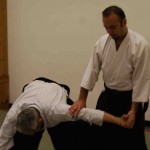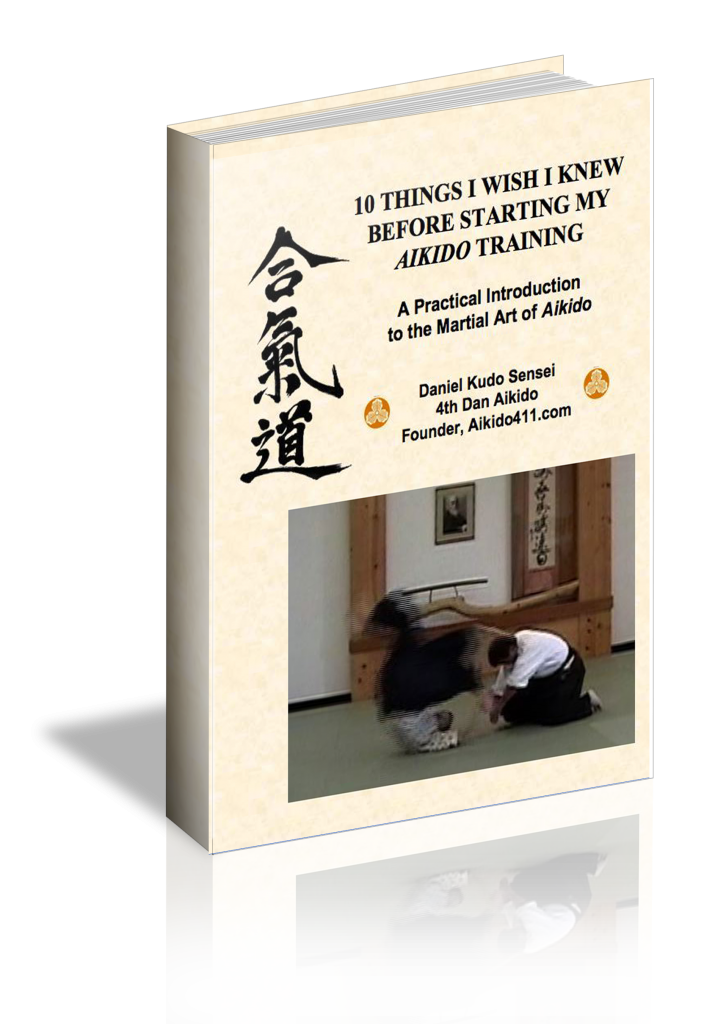Aikido Techniques: Kiatsu – Ki Extension and the Body’s Power to Heal Part 5

Aikido Techniques: Ikkyo
In the previous four articles I have described how I have come to learn about kiatsu, how it was described. This final chapter addressed how B.J. Carslile Sensei described its application. Imagine that there is someone that is in need of help. This person might have a leg injury, or they might just have tight shoulders.
Sensei gathers information about the location of the concern, its duration, and intensity. He then goes about gently extending ki into certain pressure points on the neck, shoulder, arm, hip, back, and legs. How does one know where these points are? He describes it as simply running the hand over the area without touching it. He said that these pressure points jump out at him or otherwise cause a sensation on the palms like a feeling of electricity. To relax the body, he touches certain key pressure points. When questioned, he simply responded that he also “feels” them jump out at him as he “scans” the area with his hand.
Aikido Techniques: How is ki energy extended?
Sensei described his theory of which level or intensity of ki extension is used in specific circumstances as part of the continuum of Aikido techniques. He described the “low band” or spreading ki extension as being useful in circumstances where in areas such as the neck, shoulders or back are tight or painful, which is often observed in women who tend to manifest tension in these areas. The intensity of extension carries all the way to the high intensity beam which is focused on a very defined area such as the major toe joint in my example.
Aikido Techniques: How can we know if kiatsu is working?
I asked this very question of Sensei Carslile during one of his classes. He indicated that often you can feel the muscles of that area begin to “twitch” and then “relax” particularly when using the “high intensity beam” focused though the thumb or fingertip. Often this sensation can also be followed by a more general sense of relaxation throughout the body. The central focus is that both individuals must be relaxed. If we recall the Four Basic Principles of Aikido, we are also aware that the guiding concept is that if you have one you have all of them, if you lack one you have none of them. Thus Extend Ki can only occur when you are Relaxed Completely. It is through this relaxation that ki flow is maximized and kiatsu can be applied.
My journey of learning kiatsu began as a result of an injury and observing, first hand, the effects and benefits of this form of Aikido techniques. Your journey in this martial art will also take on a practical dimension. Finding a dojo which offers instruction in kiatsu may also prove challenging.

Leave a Reply